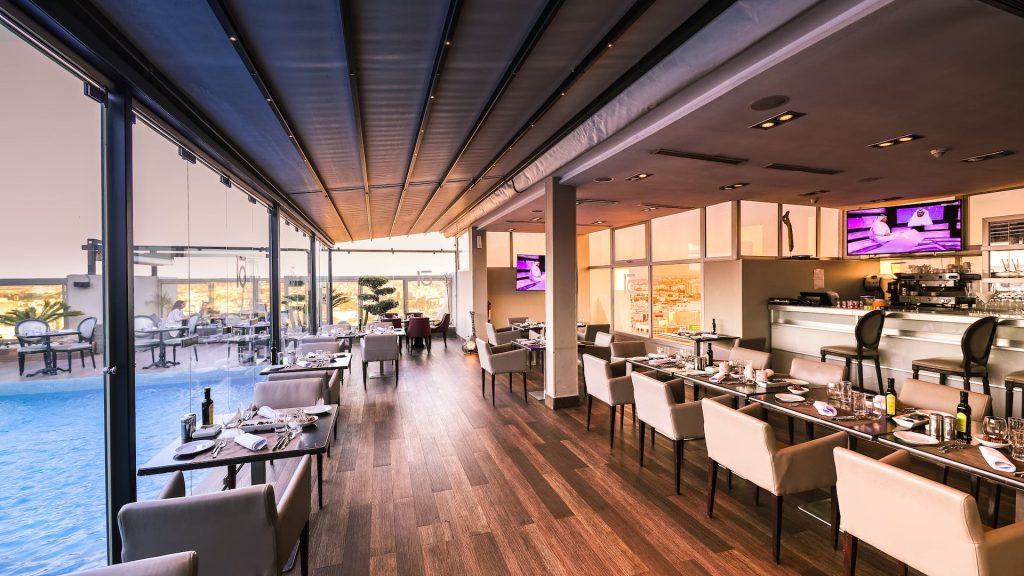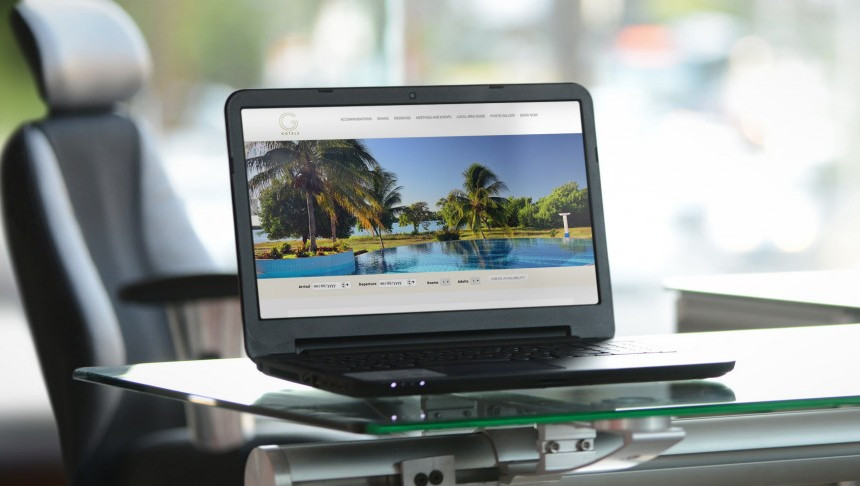
F&B is usually the second-highest profit driver in the hotel after the rooms.
NB: This is an article from Global Asset Solutions
Nevertheless, its margin is not always as high as it the rooms due to the nature of the business with high fixed costs. It is usually divided into two categories: the banqueting and the other outlets such as restaurant, bar and room service.
Subscribe to our weekly newsletter and stay up to date
Banqueting gives a high-profit percentage and can be an essential attraction to sell more rooms. Your Director of Sales should ensure there are enough initiatives to attract the MICE business. Several purposeful trips and contacts with DMCs are needed to ensure this kind of business.
However, the other outlets are usually the Achilles heel for hotels with low volume creating some frustration as they cannot find ways to increase the number of customers. Usually, it has nothing to do with the quality, especially in the luxury segment, where memorable meals are provided to mark special occasions. Everywhere, except maybe in the Middle East, the clients are not used to associating a good meal with a hotel restaurant. This sometimes resulted in neglect of the restaurants when discussing the CapEx. In contrast, restaurants around the world have become hives of innovation, with foam and moss and foraging firing the imaginations of guests.
The pandemic stripped the balance sheet down to zero and exposed hotels’ weaknesses. In the recovery, high costs have meant that revenue per square foot, not revenue per bed was the only consideration for any hotel which wanted to make a profit.
It is promising, though, to see that some hotel restaurants do extremely well when it comes to volume, reputation and profit. What is behind this success?
This need for revenue has extended to looking to the community around the hotel, not just focusing on those staying the night. Increasingly, hotel architects are changing restaurant access, moving it from a far corner so that it is accessible from the street, encouraging locals and tourists to come and eat, as well as creating a livelier stay. Restaurants can create that atmosphere guests seek, connecting them to the neighbourhood around them.
But, as hotels have found, it’s not easy. It begins – as all hotels should do – with knowing the market you’re operating in. Then identify your target market and start planning your marketing plan. Hotels and their asset managers are used to gathering data to make sure they have the right brand, the right offering for their location, and that is no different for the F&B offering. For instance, if your hotel is located on a busy street in a business hub, consider turning your breakfast area into a trendy local bakery with coffee on the go. With the right amount of CapEx and a design concept, you won’t need to outsource this outlet to another “Fivebucks” franchise. The right offering managed internally will generate a great profit, and it doesn’t need to be complicated.




